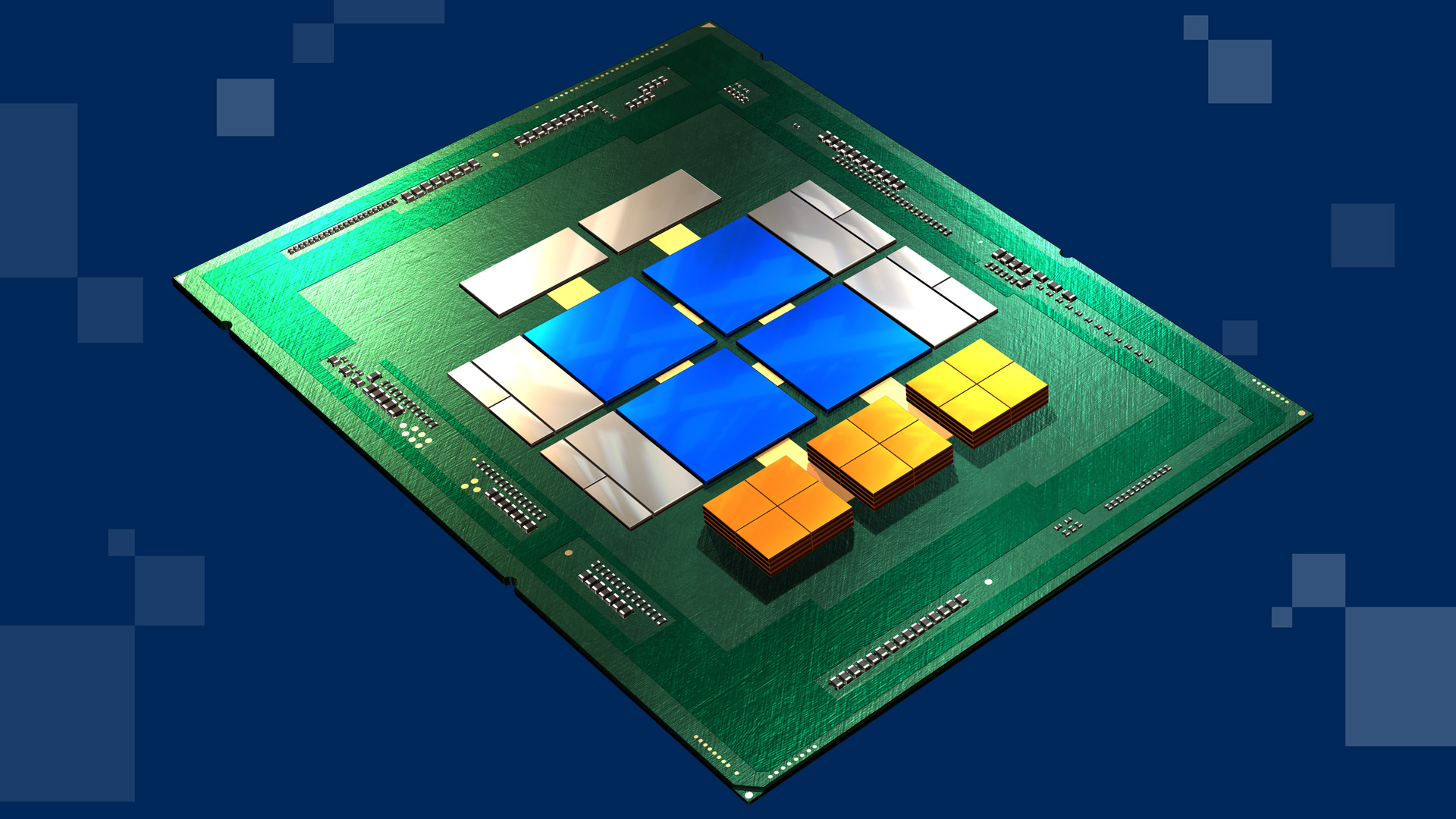N2 is in a similar place to N16. People will either stay on N3 derivatives or wait for N1.4 (or whatever (N2)-1 is called). That doesn't necessarily mean that N2 will be short lived (N16 had a normal lifetime and was superceded on TSMC's normal cadence). By the time we get BSPD and maybe 4 HNSs with an N2X, it is totally feasible that 16A or 14A are on the market. Will these nodes be better than an N1.4? Nobody knows. What is known is that if 18A comes to market before N2 with a slight advantage. If this is the case then N1.4 better be a N7 moment rather than an 10FF moment. Also by your same logic isn't 20/18A also just a yield learning node. We know that M2P is not changing with 18A. A massive density jump will not be 20/18A's gig.N2 GAA is a yield learning node from what I understand so I don’t expect it to be used very much and not be around for long. We can expect the derivations of N2 I.E N2P, N2X to be appreciably more performant. N2 being conservative in its density improvements is consistent with TSMC’s regimented approach to nodes. Once they get GAA down I imagine what ever follows the base N2 will be quite competitive to 18A. Have you guys heard anything to the contrary?
Not to say that TSMC needs to be in the lead (they don't), but it has let them pump up their margins. But if intel or Samsung (preferably both) can execute then if nothing else this will steal a minor amount of their share, and would force TSMC to lower their margins.
Last edited:



